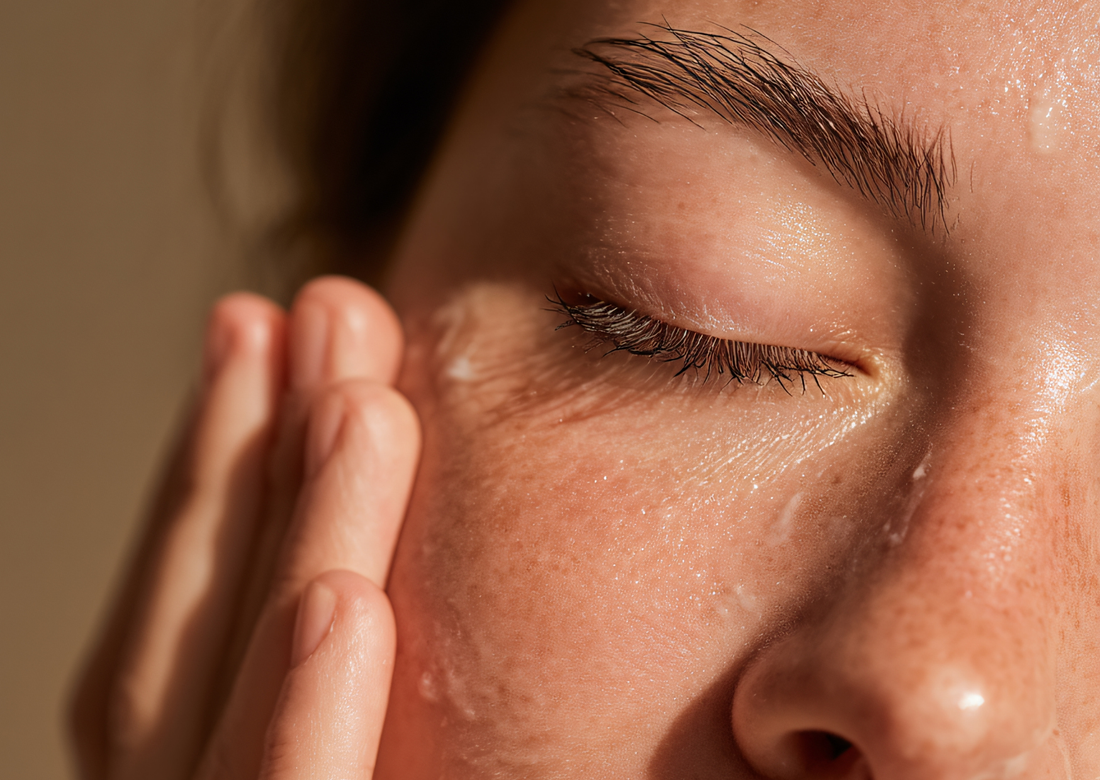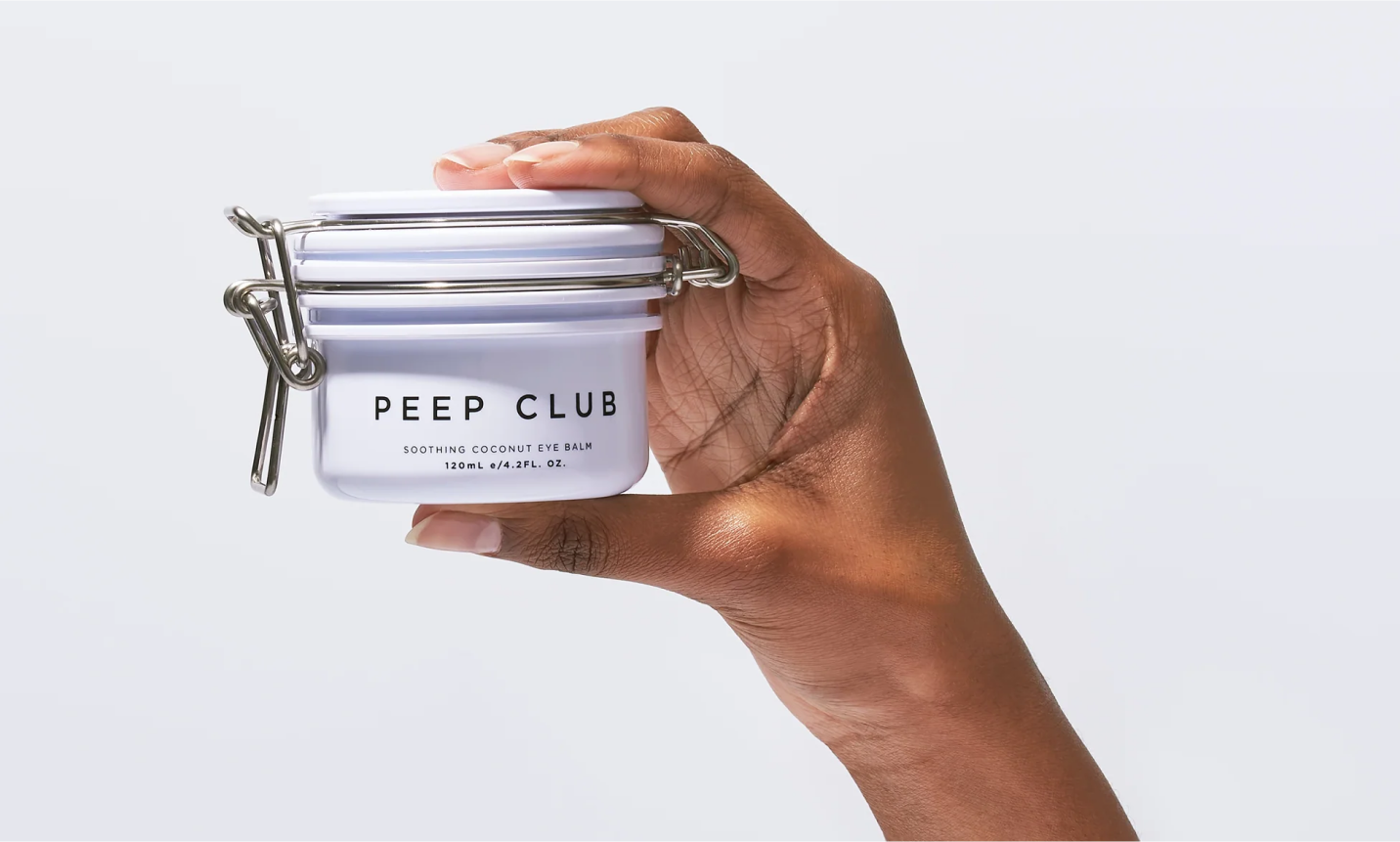
Is Your Skincare Damaging Your Eye Microbiome?
Summary: Many skincare products are designed for facial skin, not the delicate periorbital region or the nearby ocular surface. Because the skin around your eyes and the ocular surface both host specialized microbial communities, harsh or inappropriate skincare can disrupt their balance. Learn how to protect your eye microbiome, what to avoid, and how to support healthy eye and eyelid flora.
Your skin and eyes are more connected than you might think. The skin microbiome—comprising bacteria, fungi, and viruses—plays a key role in regulating inflammation, barrier health, and immunity (MDPI).
Meanwhile, the ocular surface has its own microbiome (though simpler and lower in diversity) that helps protect against pathogens and maintain eye surface homeostasis (National Library of Medicine). Disrupting either of these ecosystems can increase vulnerability to irritation, infection, and sensitivity.
How Skincare Can Disrupt the Eye and Ocular Microbiomes
-
Harsh cleansers, surfactants, alcohols, and preservatives
These can strip natural lipids and microbes from eyelid skin and spill over to the conjunctival margin, disturbing microbial balance. -
Frequent use of antibacterials or strong actives
Strong antibacterials or exfoliants near the eye can kill beneficial microbes, leaving room for harmful ones. -
Fragrance, essential oils, and irritants
These ingredients may inflame skin and weaken the barrier, indirectly disrupting the microbiome. -
Product residue migration
Makeup removers and cleansers can travel toward the eye surface, affecting tear film stability and microbial exposure. -
Compromised tear film or lens wear
People with dry eye or meibomian gland dysfunction often show ocular surface microbial imbalances (PubMed: The Microbiome, Ocular Surface, and Corneal Disorders).
How to Protect the Eye and Eyelid Microbiomes
- Use gentle, microbiome-friendly cleansers and wipes: Choose preservative-free, fragrance-free products made for sensitive eyes, like Soothing Coconut Eye Balm Wipes, which cleanse without harming the microbiome.
- Avoid over-cleansing: Limit cleansing to once nightly near the eyes to avoid disrupting microbial balance.
- Keep strong actives away from eyelids: Avoid applying retinols or acids on the lash line or lid margin.
- Support the barrier: Ingredients like ceramides and nourishing oils help keep skin resilient.
- Hydrate the ocular surface: A stable tear film supports microbial balance. Try preservative-free drops or sprays such as Instant Relief Eye Spray.
- Practice lens and eye drop caution: Choose microbiome-friendly formulas and avoid rubbing your eyes.
When to See an Eye Care Professional
If you notice recurring eyelid irritation, chronic dry eye, or blepharitis that worsens after starting new skincare, consult an optometrist or ophthalmologist. They can help determine if your microbiome has been disrupted.
FAQs
Q: What is the eye microbiome?
A: It’s the community of microorganisms on the ocular surface that helps protect against infection and maintain balance.
Q: Can skincare really damage my eye microbiome?
A: Yes. Harsh cleansers, preservatives, and actives applied too close to the eye can disrupt the delicate microbial community.
Q: How can I tell if my microbiome is disrupted?
A: Signs include irritation, redness, recurrent infections, or worsening dry eye symptoms.
Q: Are preservative-free products better for my eye microbiome?
A: Yes. Preservatives can harm both skin and ocular microbes, so preservative-free is recommended.
Q: What are safe products for cleansing near the eyes?
A: Gentle options like Soothing Coconut Eye Balm Wipes are free from known eye irritants and support healthy skin without disrupting the microbiome.

